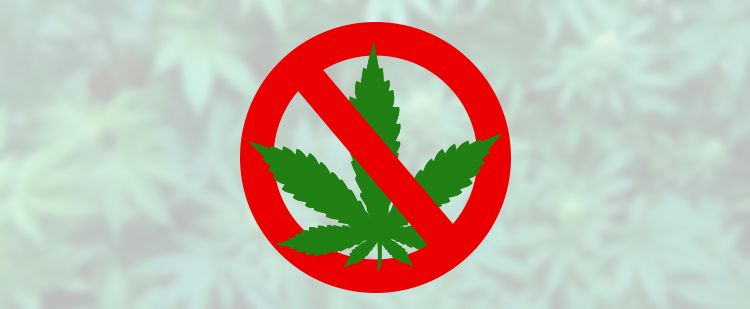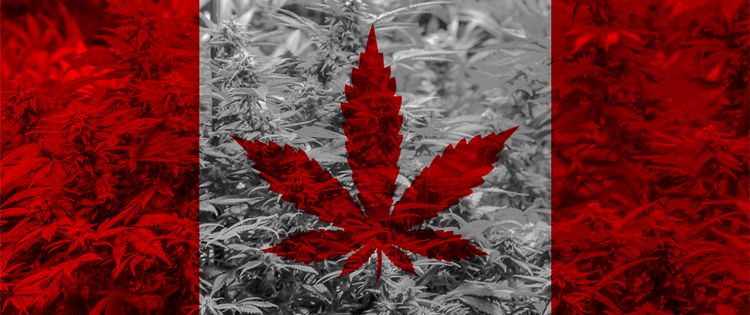Now that recreational weed is legal, it’s normal to assume that Canadians have always been extremely liberal about cannabis. But as it turns out, Canada is just like the rest of the world and has had a somewhat rocky history when it comes to weed.
In other words, it wasn’t always rainbows and butterflies for the relationship between cannabis and Canada. It actually took quite a while to legalize recreational weed, and it definitely wasn’t a decision that was made on a whim by the Canadian government.
Here you can read about the ups and downs, the goods and the bads, and the major events that have shaped the way Canadians view and use cannabis.
The Early Days of Canadian Cannabis
Even before Canada was officially established as a country, it was thought that cannabis was used as a cash crop. Yep, that’s right, even the first settlers up North were cultivating weed for profit. But this couldn’t go on forever without rules and regulations, and that’s exactly what happened in 1923.
1923: Cannabis is Officially Outlawed by the Canadian Government
Many people don’t realize that Canada outlawed the use of cannabis way before its neighbor down south. It wasn’t until 14 years later that the US took action to criminalize the drug, but Canada took early steps to ban weed under the Opium and Narcotic Control Act along with codeine and heroin.

1969: Questions Regarding Cannabis for Medical Use Begin to Arise
It wasn’t until 1969 that people started to argue with the addition of cannabis to the list of criminalized drugs. This is when the perceptions regarding cannabis in Canada began to shift drastically.
The transition from the 60s to the 70s is often seen as the transformative years, mainly because weed quickly became the drug of choice for middle-class Canadians.
This is also when law enforcement began to ramp up their arrests relating to cannabis use. In 1972 alone, there were over 50,000 cannabis-related arrests, which is why some political leaders started advocating for the substance’s decriminalization relating to low levels of possession and cultivation.
The Middle Years
As soon as the 80s hit, the perception on weed shifted once again, but this time the shift related to the medical benefits of cannabis. The middle years of Canada’s long history with cannabis brought about an entirely new era for weed.
1987: Terrence Parker Makes His Mark
If you don’t already know the name Terrence Parker, you should. This Canadian man was a leading force in forging the path for the acceptance of medical marijuana. He’s the one who spurred the growing acceptance of medical marijuana.
Terrence Parker suffered from epilepsy, which in today’s world is a very valid reason to use medicinal cannabis (even the FDA has approved a drug for epilepsy containing cannabis).
Parker had tried all of the conventional drugs on the market for epilepsy treatment, but nothing worked… until he started using weed.
He was arrested for cannabis possession numerous times over the years, as well as cultivation since he couldn’t easily access the amount of weed he needed to treat his medical condition without growing it himself.
He took his case to court, and eventually, marijuana prohibition was overruled for medical users.

2001: The MMAR Program is Passed
The first medical marijuana program to be passed was the Medical Marihuana Access Regulations, MMAR for short. The MMAR stated that medical marijuana was legal to access and cultivate as long as the proper licensure was obtained.
It allowed Canadians legal access to medical weed through buying or growing with authorization from a healthcare professional.
The MMAR hit a rocky patch around 2013, mainly because the government felt that too many people were abusing the program.
The government decided to eliminate the MMAR and replace it with the MMPR (Marihuana for Medical Purposes Regulations), which completely wiped out the option for growing plants at home.
2016: The ACMPR Emerges
Of course, this decision didn’t go over too well with the license holders who were actually growing for medical reasons, so the government passed another program in 2016 called the ACMPR (Access to Cannabis for Medical Purposes Regulations).
So far, this program has been a big hit, which is why ACMPR consulting companies like Cannabis Growing Canada have started to emerge.
Similar to the first federal medical weed program, the MMAR, the ACMPR allows for either growing from home or purchasing products from government-approved cannabis producers.

Cannabis in Canada Today
With the passing of the Cannabis Act on October 17th, 2018, cannabis is now legal for recreational use from province to province. The black market is still going strong, though, and this isn’t expected to change anytime soon.
The thriving black market is mainly because many Canadians aren’t yet willing to pay for the higher price tag that comes along with legal weed.
Studies are showing that government-grown weed is on average twice the cost of black market products, so it’s no surprise that many Canadians are sticking to their old suppliers.
It’s obvious that Canada has come a long way when it comes to cannabis, and the country is expected to make even more steps forward in the coming years.
- The Ultimate Guide to Delta 8 Disposable Vapes: What You Need to Know - March 8, 2024
- The Environmental Impact of CBD Production - August 28, 2023
- Cannabis In Thailand: A Green Revolution - August 15, 2023


